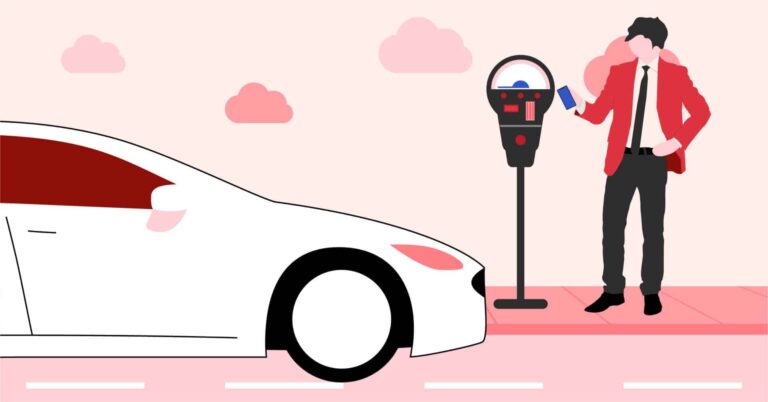Today, mobile payments are a popular way to buy everything from groceries to concert tickets. Some of those mobile payments occur online or within apps: 74% of consumers using their phone to order food or merchandise once or more a week. But mobile payments are also used for in-person transactions: a reported 9.3% of consumers have used their phone for in-store, “tap to pay” purchases. As the world of parking undergoes its digital transformation, mobile payments are becoming an essential part of the new parking experience.
But in a post-pandemic world, mobile payments are sticking around for a different reason: convenience. Mobile payments are faster and allow consumers to forgo the now-outdated practice of carrying cash or using a credit card.
To keep up with other smart, interconnected city services, municipal parking will have to undergo its own digital transformation including the introduction of mobile parking payment options.
How can municipal parking services improve on-street parking with the benefits of mobile payments?
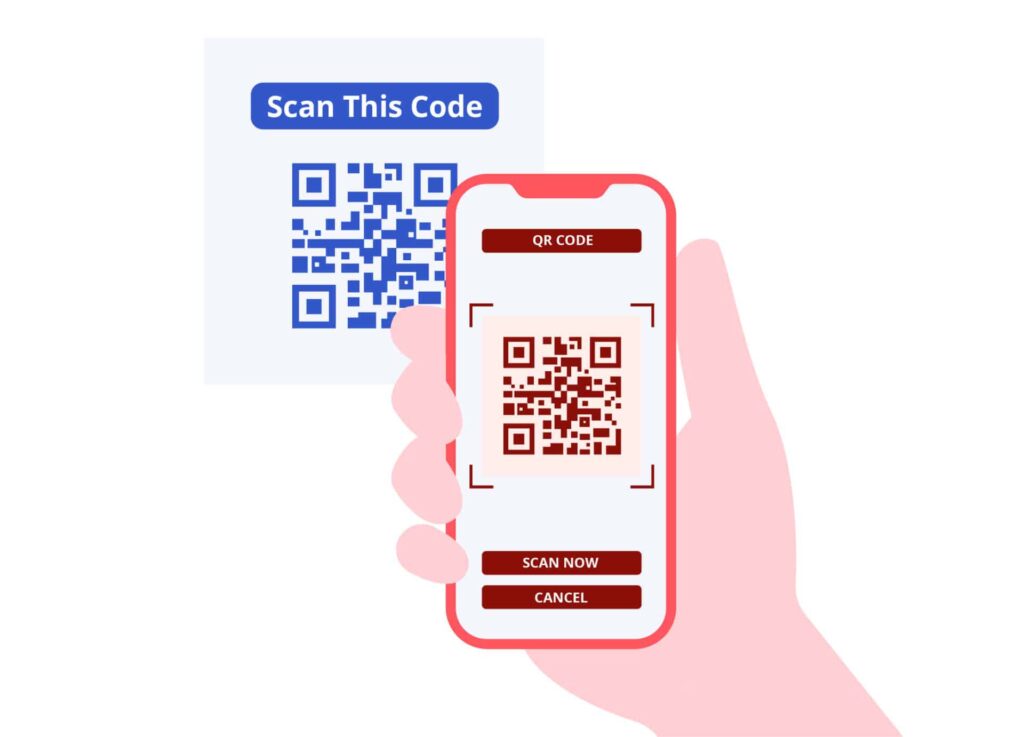
Integrating a pay to park app or other digital parking system can increase adoption of public parking services by incentivizing users with convenience, transparent pricing, and rewards. The community is more likely to take advantage of public parking services when the technology feels as modern as apps like Uber, Lyft, Bird, and Lime.
While apps are a popular way of increasing loyalty, some consumers (ie. tourists that are only in town for a few days) are resistant to download yet another app. That’s why it’s smart to offer other parking payment solutions like text-to-pay or app clips in addition to the other mobile experience meter app.
Recent parking innovations have made these non-app payment options as seamless as in-app transactions, without the added step of a download.
How to Introduce Pay by Phone Parking
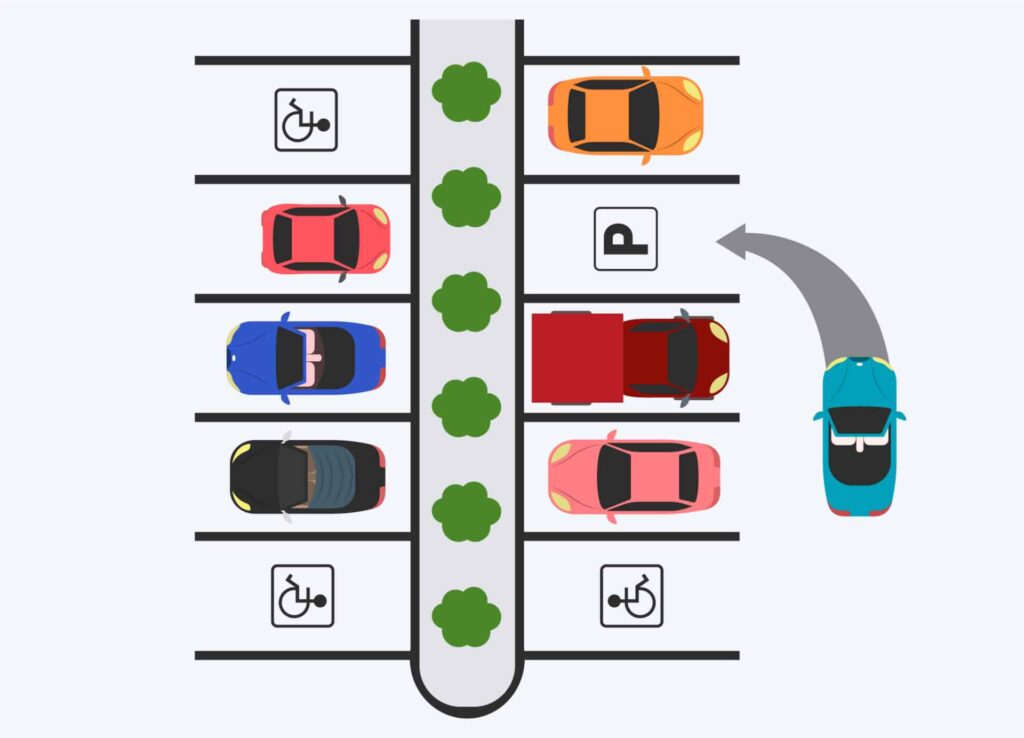
Municipalities that want to digitize their on-street parking operations should look for smart parking solutions from a technology provider that has on and off street parking means. If a city’s entire public parking system — from garages and lots to curbsides — is optimized for a single payment app, consumers have a greater incentive to download it.
Security is another essential consideration when you are evaluating payment solutions. Mobile transactions should be upheld to the same PCI DSS Level 1 standards you seek out in traditional parking payment equipment. Find out more about the importance of PCI Compliance here.
Finally, you’ll need to consider more advanced technologies like parking spot sensors, driving mode detection, and IoT.
Sensors can be implemented in both on- and off-street parking spaces to monitor and report occupancy back platforms like Arrive’s Park Whiz. On the front end, users can then see and even reserve available spots.
Camera-powered technologies like License Plate Recognition (LPR) software are growing in popularity for the speed and accuracy with which they can identify vehicles.
In today’s smart cities, the Internet of Things (IoT) is what connects disparate city services to work together in a single, dynamic, and responsive network. Parking technology providers like FLASH actually install IoT controllers within their hardware. As such a visible piece of the smart city puzzle, parking is an optimal sector to pilot IoT.
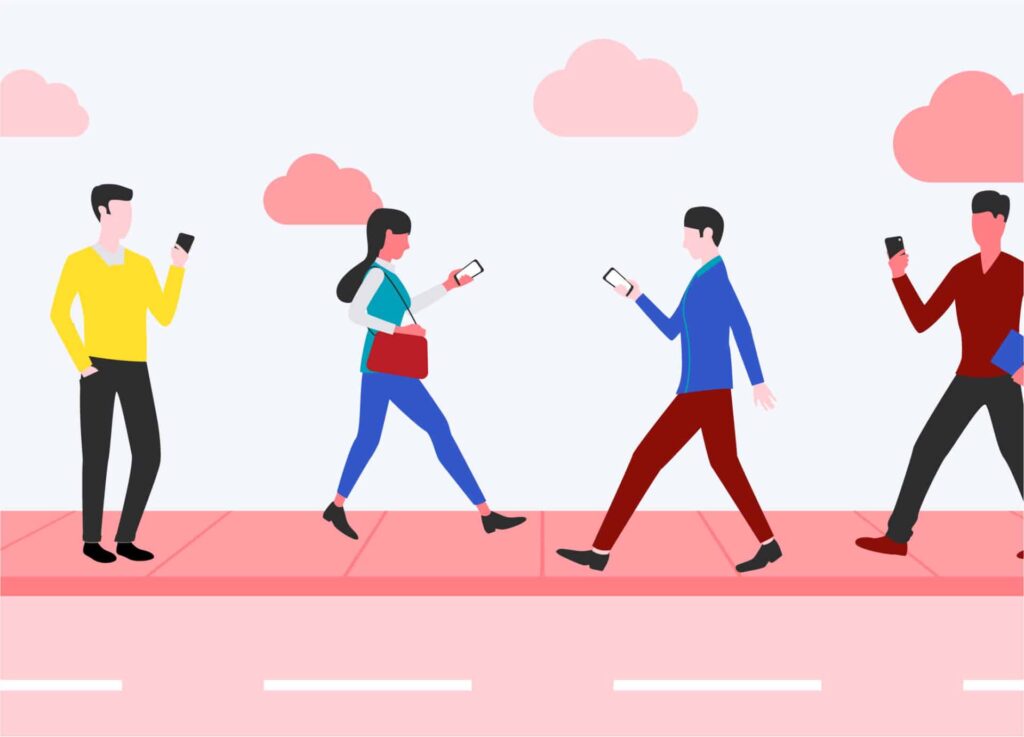
For municipalities, mobile parking payment solutions both simplify management and increase collection. Mobile payment systems can be overseen via cloud-based, mobile-enabled management platforms that city leaders can control on-the-go. Plus, there is less cash to collect in physical machines, which means fewer on-site attendants and seamless back-end reporting. Mobile payments also facilitate dynamic pricing strategies, which can grow the amount of parking revenue generated.
For the communities that benefit from public parking, mobile payment options make the city service a preferred method of transportation in today’s diverse pool of mobility services. When drivers are deciding if they are going to drive to a destination, rather than using ride hailing or public transit for instance, parking is generally the top consideration. Making public parking options optimized for the mobile world consumers live in will increase adoption.
When city parking collects more revenue, it benefits the city as they have more funds to sustain current programs. But it also benefits users who are seeking more flexible city services to meet diversifying mobility needs beyond parking. Parking funds can be used to offer new mobility services like micromobility for public transit connections or staging areas for ridehailing drivers.
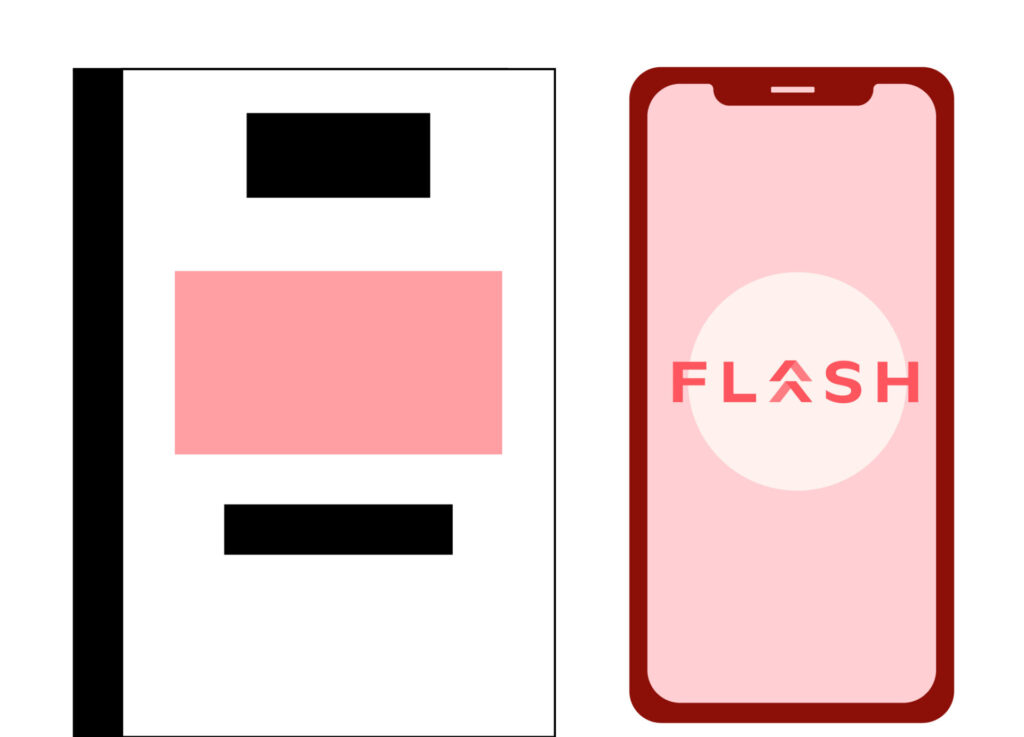
The FLASH Advantage
In 2011, FLASH changed the parking world forever with one of the first mobile parking and valet solutions on the market. The entire industry has since followed with mobile solutions for every kind of garage, lot, and curbside parking scenario.
But there are a few reasons why FLASH remains the leading provider of mobile parking solutions in the industry:
Reliability: FLASH boasts 99.9% uptime system-wide and uses a unique approach to hardware maintenance that gives power back to owners and operators.
Security: As a PCI DSS Level 1 Service Provider, FLASH assumes 99% of the responsibility in keeping your parking operation compliant.
Flexibility: From the industry’s first ever Hardware-as-a-Service purchasing model to future-ready mobility services that are ready to integrate into your operation, FLASH is the flexible solution for every parking facility’s unique needs.

